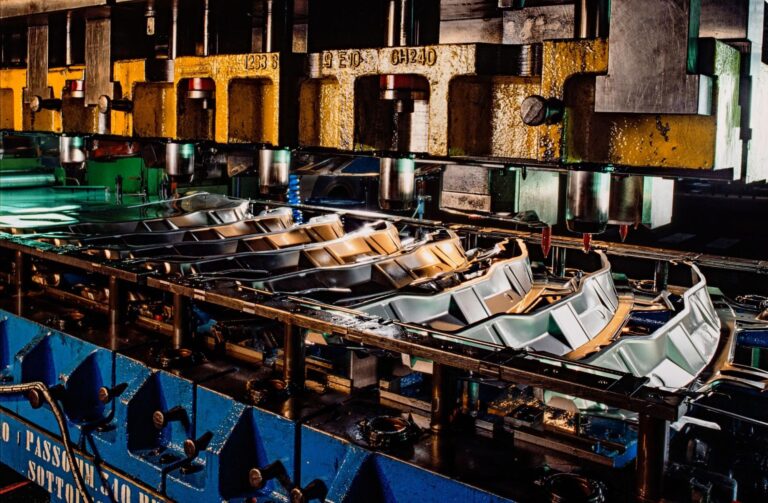Time to read: 2 min
The global trade war has been a topic top of mind for nearly all manufacturers and product creators over the last few years, and the topic has started to affect their bottom lines more seriously.
Ricardo Ortiz, Fictiv’s International Logistics Lead, joined Dragon Innovation’s VP of Strategic Planning Shawn Chang to answer questions about the state of global manufacturing in 2019 and beyond.
Addressing tariff mitigation
One of the consistent themes that product owners are looking to address is tariff mitigation. With the cost to import goods from China into the United States increasing, more companies are looking for ways to avoid the tariffs associated with some overseas production.
A common method used by a number of larger companies to help reduce or eliminate tariff costs is actually to change the country of origin of their product by moving its production location. However, this can sometimes cause more headaches than anticipated, especially if the right research isn’t done ahead of time.
According to Ricardo, a good place to start is by addressing one simple question. “If you’re planning on moving production or finishing work in a different country, will that actually change the country of origin?”
Ricardo notes that taking a product and finishing it in another country doesn’t necessarily mean you’re changing its country of origin. The product itself has to go through substantial transformation in order to qualify. A key component to truly understanding the transformation that may need to happen is to effectively classify the product at the start by using the correct HTS Codes.
Supply chain strategies for tariff mitigation
What other mitigation strategies have been successful?
“There are a number of supply chain strategies that any size company should consider,” says Shawn. “That includes moving manufacturing, diversifying your supplier base, optimizing your supply chain, redefining your pricing strategy, or even filing for exemption.”
But ultimately, every company is different. Shawn says that companies often like to emulate the big tech giants like Apple but quickly find that the playing field isn’t level. For a company like Apple, moving to a different supplier in another country may be simple.
However, there are tradeoffs to every move. While you may be able to avoid tariff costs, Shawn notes that there are other things to consider as well, like the country’s economic or political stability, available management resources, and even worker competency.
Global manufacturing in today’s world is extremely dynamic, more than ever before. To learn more about tariffs and international logistics, watch this webinar on demand at Dragon Innovation.










